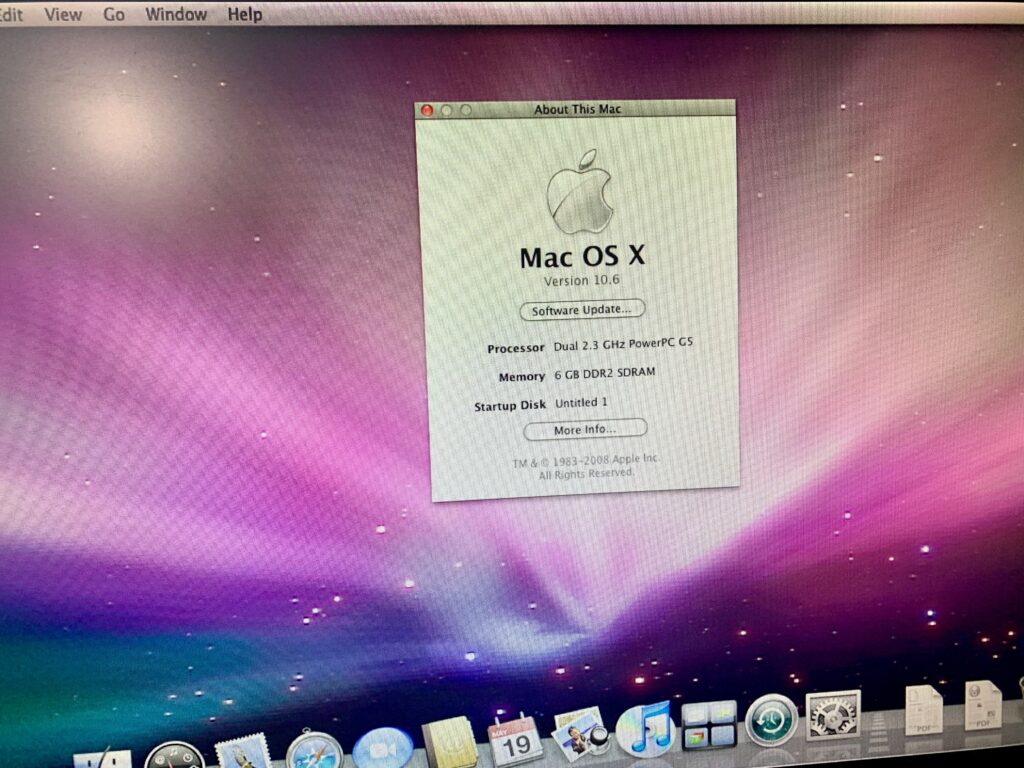I missed this article from a couple of years ago which detail how to get the Xbox 360 SDK environment working on very specific PowerMac G5s. It’s a fun read, and I think it’s worthy of a look if you are curious of how PowerMac G5s influenced console gaming history. And kind of makes me want to play some Xbox games on my old G5.
The equipment needed to get the very finicky Xbox 360 SDK image to work though is something:
• A Power Mac G5 with two 2 GHz CPUs (only this frequency). You need a 2003 or 2004 version, but not a 2005 model, nor a PCI-Express model (with a dual core processor). If your Mac has four slots for RAM (not eight), it’s not good.
• At least 512 MB of RAM. Normally, it is not a problem.
• A hard disk of 160 GB, a priori necessarily a Seagate ST3160023AS. This is the original model. I tried with an SSD without success, and my Mac no longer had the original hard drive. It is easily found on eBay for a few euros with the right reference. It may work with others, but I did not succeed.
• An IDE optical drive, mandatory. This should not be a problem: Power Macs have one.
• An Intel network card if you want to connect the machine. It requires an Intel Pro100+ PCI, reference 741462-010 (the one provided by Microsoft) or 741462-010. It’s easy to find it on eBay.
• An Xbox controller (original) with a USB adapter or a wired Xbox 360 controller. Careful, not a “Play & Charge” version.
• An ATi Radeon X800 XT 256 MB with two DVI outputs (that’s important) and a Mac BIOS. This is the complicated part, let’s detail it.
If you happen to check all of those boxes off the list and have an afternoon to kill, let us know how it goes, alright?



